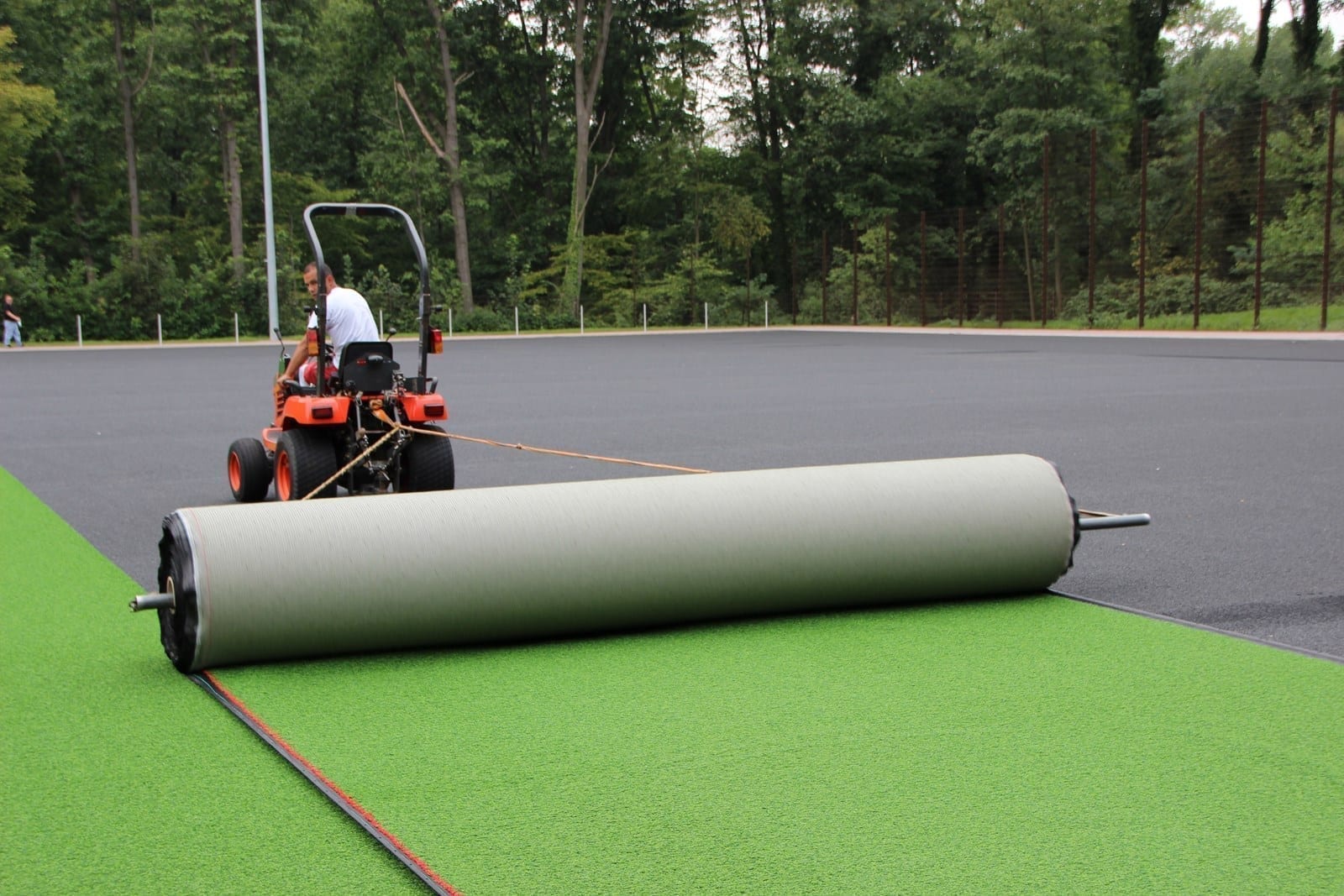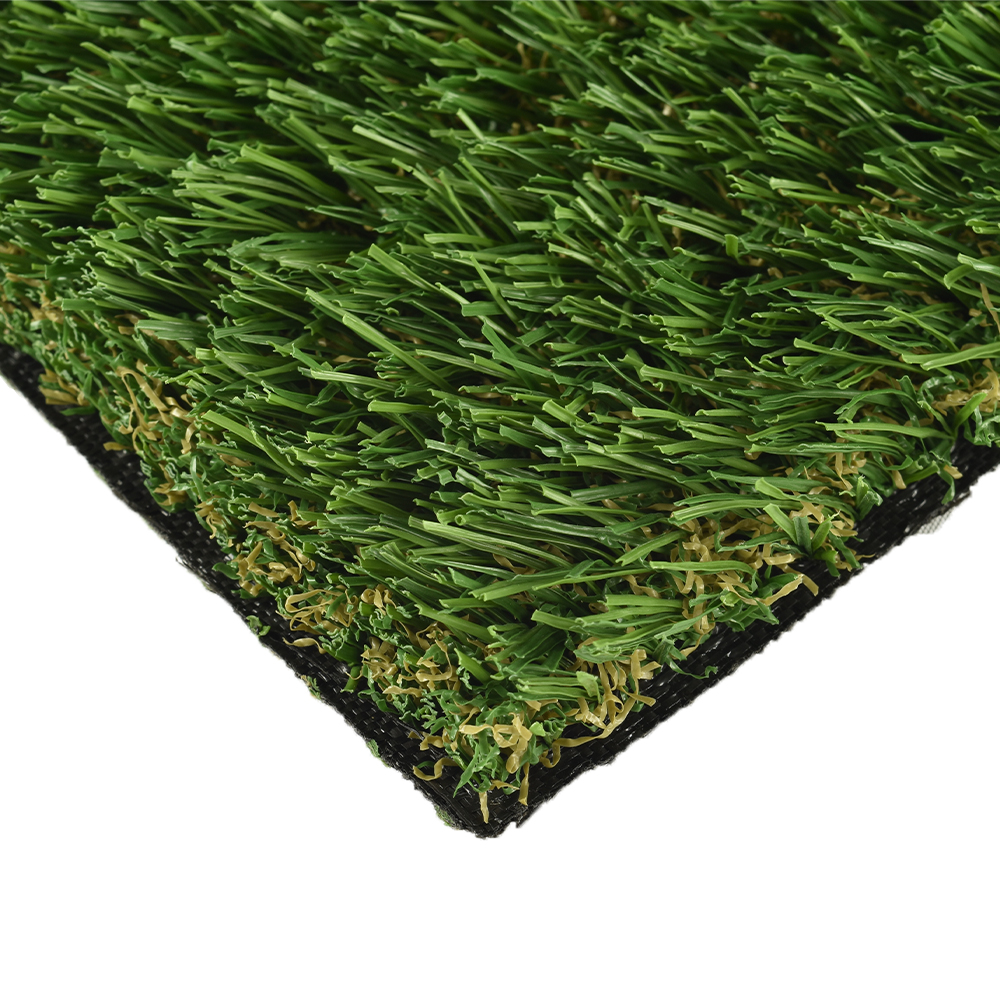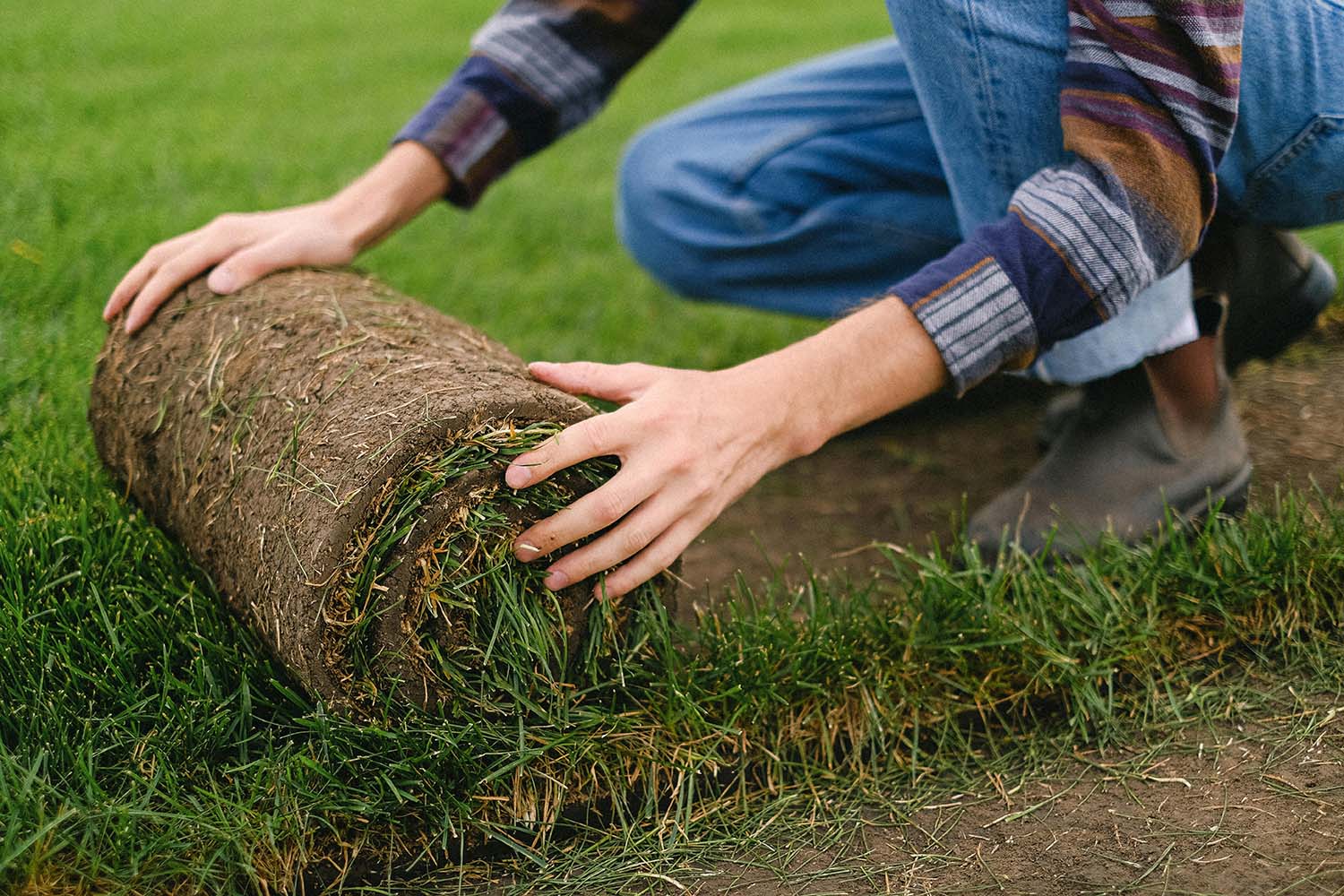Choose the Best Turf Installation Phoenix AZ Services for Your House or Commercial Property
Delve Into the Environmental Perks of Opting for Synthetic Grass Solutions
The fostering of man-made grass remedies presents a compelling possibility to deal with pushing ecological challenges. By considerably lowering water usage and reducing the application of harmful chemicals, these choices not just advertise lasting landscape design however also secure regional ecosystems.
Water Conservation Conveniences
Among the most substantial benefits of fabricated grass is its capacity to preserve water. Traditional lawn lawns call for significant watering, especially in areas susceptible to dry spell or water constraints. In comparison, synthetic grass does not need watering, considerably minimizing the overall demand for water resources. This feature is especially advantageous in dry regions where water shortage is a pushing concern.
By removing the requirement for normal watering, artificial lawn adds to lasting landscape methods and assists mitigate the environmental effect of extreme water consumption. The preservation of water expands to the reduction of drainage, which can lead to soil erosion and waterway contamination.
Additionally, the setup of synthetic grass permits house owners and municipalities to allot water resources a lot more effectively, concentrating on necessary usages such as alcohol consumption water and farming. The change towards synthetic grass not just promotes accountable water usage yet also straightens with wider ecological goals targeted at protecting natural resources.
As areas progressively prioritize sustainability, the water conservation advantages of artificial lawn offer an engaging situation for its fostering in household and industrial landscaping jobs.
Decreased Chemical Usage
The change to synthetic grass significantly lowers the reliance on chemical treatments commonly made use of in natural yard upkeep. Standard grass management commonly entails the application of fertilizers, pesticides, and herbicides to promote growth and control pests. These chemicals can pose risks to human health, regional wildlife, and the setting, adding to dirt and water contamination.
In contrast, synthetic lawn eliminates the demand for these unsafe substances. By reducing the launch of artificial substances into the ecosystem, fabricated grass promotes much healthier dirt and water systems.
Furthermore, the absence of chemical runoff associated with artificial turf setups helps safeguard neighborhood rivers from air pollution, sustaining water life and preserving biodiversity. Arizona turf. As areas significantly prioritize sustainable practices, going with artificial lawn presents a viable solution that straightens with ecological conservation objectives. Through this shift, residential or commercial property proprietors can take pleasure in rich environment-friendly rooms without endangering eco-friendly wellness, leading the way for an extra sustainable future
Lower Carbon Impact

Moreover, the installment of fabricated lawn can cause significant water her response conservation. All-natural grass call for substantial amounts of water for irrigation, which not only contributes to the carbon impact linked with water removal and treatment however also pressures neighborhood water resources. On the other hand, artificial grass requires very little maintenance, calling for no watering, consequently significantly reducing water usage and its connected power expenses.
Additionally, the long life of artificial lawn adds to its decreased carbon influence. With a life expectancy of approximately 15 years or more, the requirement for regular replacements is decreased, resulting in much less waste and reduced power usage in manufacturing and taking care of traditional grass options. On the whole, artificial grass offers a lasting choice for environmentally mindful landscaping.
Environment Conservation
Environment preservation is a vital consideration in the discussion over landscape design selections, specifically when comparing fabricated grass to natural turf. All-natural yard yards frequently need considerable maintenance, including using fertilizers, herbicides, and chemicals, which can detrimentally influence regional environments. These chemicals can seep right into the soil and rivers, hurting indigenous flora and fauna and disrupting local environments.
Artificial lawn gets rid of the demand for unsafe chemicals, consequently shielding neighboring wild animals and keeping the integrity of surrounding communities. The installment of synthetic lawn can lead to the conversion of former grass areas into more biodiverse landscapes, such as pollinator yards or see here native plant locations, which can sustain regional wildlife.
Ultimately, the change to man-made lawn not just preserves water and reduces upkeep efforts but additionally cultivates an extra unified connection between human activities and the native environment, promoting habitat preservation in the process.
Long-Term Sustainability
Long-lasting sustainability is a critical consider assessing the benefits of synthetic grass over typical yard yards. Among the most substantial benefits of synthetic grass is its resilience; it can last as much as 15-20 years with marginal upkeep, whereas all-natural grass calls for constant reseeding and replacement. This durability decreases the need for constant sources, such as water, plant foods, and pesticides, which are crucial for maintaining a healthy grass yard.
Furthermore, synthetic grass adds to a reduction in carbon emissions connected with lawn treatment equipment. Typical yards frequently call for gas-powered mowers, trimmers, and blowers, every one of which add to air pollution. Turf installation phoenix az. In contrast, fabricated turf removes the need for such devices, advertising a cleaner environment
Moreover, the manufacturing of synthetic grass increasingly uses recycled products, enhancing its sustainability account. As look at this now producers take on green methods, the environmental footprint of artificial turf proceeds to reduce.

Verdict
The adoption of man-made turf options provides significant environmental benefits, consisting of significant water preservation, reduced reliance on damaging chemicals, and a reduced carbon impact. Fabricated lawn aids in maintaining all-natural environments by decreasing land disruption and promoting lasting sustainability through the use of sturdy products. Collectively, these elements emphasize the possibility of fabricated turf to add positively to environmental health and provide a practical choice to typical landscaping methods in an increasingly resource-conscious globe.
In comparison, fabricated lawn does not need watering, dramatically lowering the overall demand for water resources. By minimizing the launch of artificial compounds right into the environment, fabricated turf advertises much healthier soil and water systems.
Furthermore, the installation of fabricated grass can result in significant water preservation. In contrast, artificial lawn needs marginal upkeep, requiring no watering, thus dramatically lowering water use and its connected energy prices.
